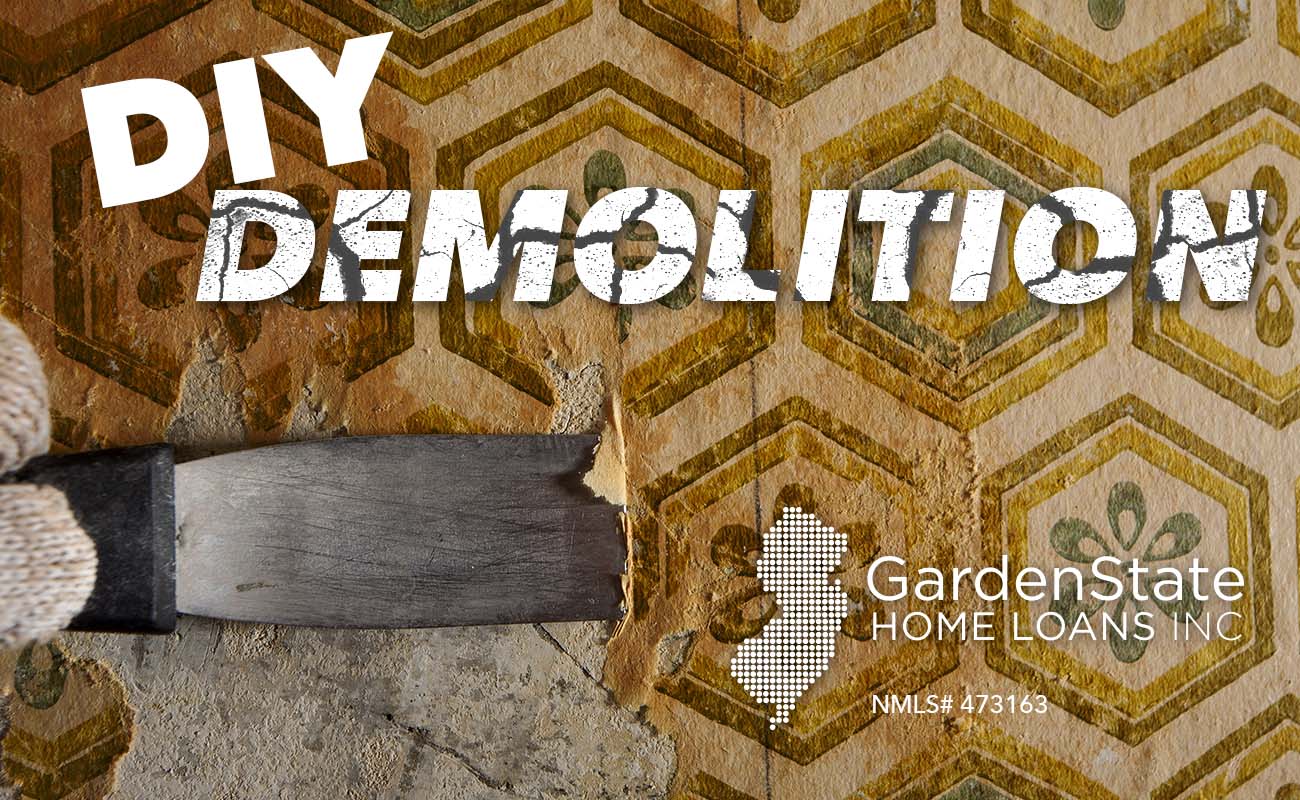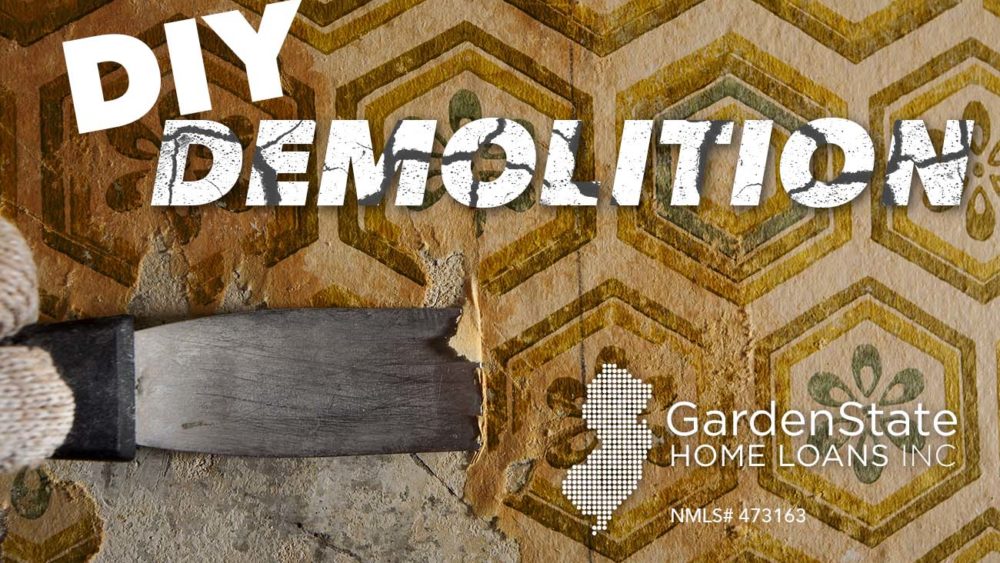
How to Demolish a House
Demolition sounds like a scary word that should stay with the professionals, but you can do it yourself and save some bucks!
What to do first
First things first, you need to look at the demolition as a project itself. Demoing a space may take as much time as the actual renovation, so getting in a mindset that you’re completing a project may help you through the demolition. On that same note, set aside a specific time that will be dedicated to solely demoing. The demolition process can take a lot out of you, so you probably aren’t going to want to do anything afterward. Carve out a period of time, whether it be an afternoon or a whole weekend, and devote it to demolition and forget about any other renovation projects you have planned for the time being.
If the area you are demoing is open to other areas, make sure you seal it off. Plaster and drywall have a habit of flying around and getting into places they shouldn’t be! The best way to seal off an area that is not getting demoed is with sheet plastic and blue tape. Closing a door just won’t cut it!
What’s behind the walls?
Perhaps one of the most important things about DIY demolition (or demolition in general) is knowing what’s behind the walls before you start swinging. Try to figure out what’s behind your wall before you start the demolition process. The last thing you want to do it swing into any electrical wires, pipes, or gas lines. Before doing anything big, use small holes and a flashlight to make sure your wall is clear of anything. And to ward off any unwanted surprises, turn off your electricity just in case you run into any wires you didn’t see at first.
If you decide to the demolition by yourself, you need to make sure you have the right tools. A typical demo project will require a sledge, a big crowbar, a pry-bar, and a claw hammer (your claw hammer will get dinged up and may actually break, so make sure that you don’t care about it too much!). In addition to having the right tools, hiring a roll-off dumpster may be very beneficial, especially if you are undertaking a large demo project. They are cost-effective and keep you from taking multiple trips to the dump. If you are taking on a smaller demo project, consider hiring a haul-off service, which will come to your house and pick up anything you want to dispose of.
When demoing walls, you’ll need to consider which walls are structural or nonstructural. If you can’t determine whether or not a wall is a load-bearing, don’t do anything to it! Almost all non-bearing walls run parallel to the joists. Stud walls in basements are usually non-bearing. Any trim, kitchens, baths, wallpaper, or drywall is usually safe to tear down.
Safety
Finally, you want to make sure that you are in the right attire. Boots and coveralls are a must. Boots give extra protection against any rogue tools or nails that happen to land on the ground, and coveralls go over your clothes, which can be especially handy if you’re doing a messy job. If you’re working in an old house, or a dusty one, a dust mask or respirator can be extremely helpful. They protect your breathing and can protect against any lead-based paint, asbestos, or other hazardous materials that may be in the dust.
Demo projects that are easy for someone to DIY:
- Drywall
- Kitchens
- Baths
- Wallpaper
- Trim and doors
- Landscaping features
Demo projects to leave to the professionals:
- Roofing
- Natural gas
- Asbestos, lead, and mold
- Anything over one story
- Electrical
- Plumbing
- HVAC


Comments are closed.